There’s something about macro lenses and focus stacking. It makes for a memorable image because the level of detail is rendered beyond what the naked eye can see. It makes something as simple as geranium plant a fun exploration.
Macro lens
First up is a dedicated macro lens. Optics in a macro lens are built to fill the frame with your subject.
A true macro lens renders the subject at a magnification of 1:1 — that is life-size. That’s at a minimum. You’ll need to be close to the subject. Very close.
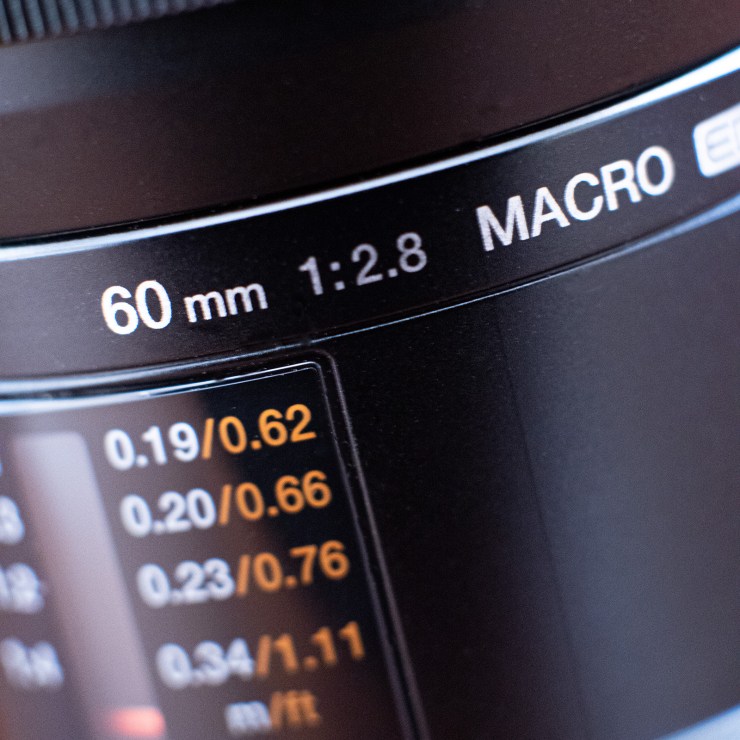
With my macro lens, I’ve found using a Platypod plate to be very handy. Mounted on top of a tripod makes this a snap. The machined plate allows for mounting the Platypod on the tripod, a head for the camera and goosenecks for the LED lights.
When you are working with focus stacking, being able to see exactly what the lighting will be using LED lights is very helpful.
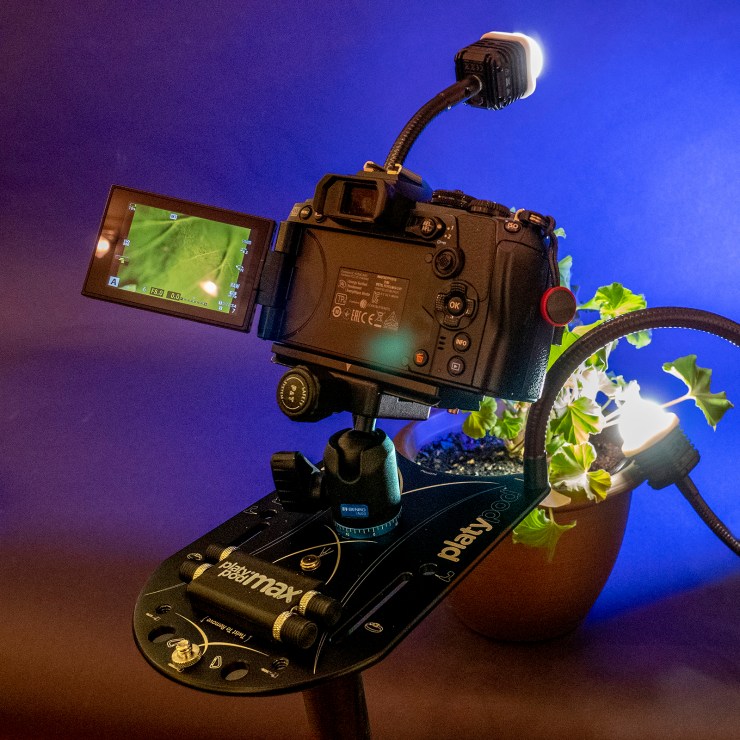
Extension tubes
If you are on more of a budget extension tubes rock. Extension tubes move the lens away from the sensor or film plane. Your can move your camera closer to fill frame or mount any lens from your kit.
You’ll want to buy extension tubes made for your camera brand so you still have exposure and autofocus capability. Extension tubes can also be just tubes with no electronics. I prefer the former.
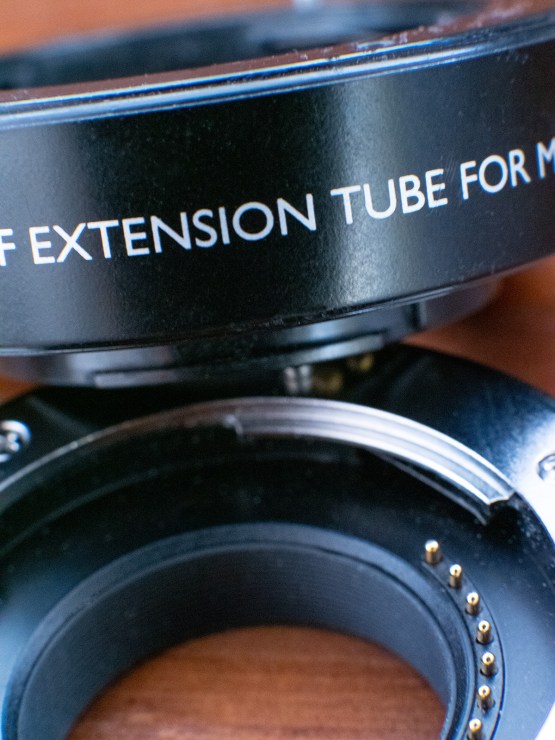
Check out this article by Joy Celene Asto on a comparison test of images captured with a macro lens verses using extension tubes.
Magnifying filters
You can add a magnifier filter to the front of your lens. Choose from screw in filters and tension spring attachments. The spring loaded ones work well for me.
The magnifying filter is the last way I recommend to get closer to your subject. You are adding glass to the front of your lens which can knock down the quality of your capture a bit, but it has its place as well.
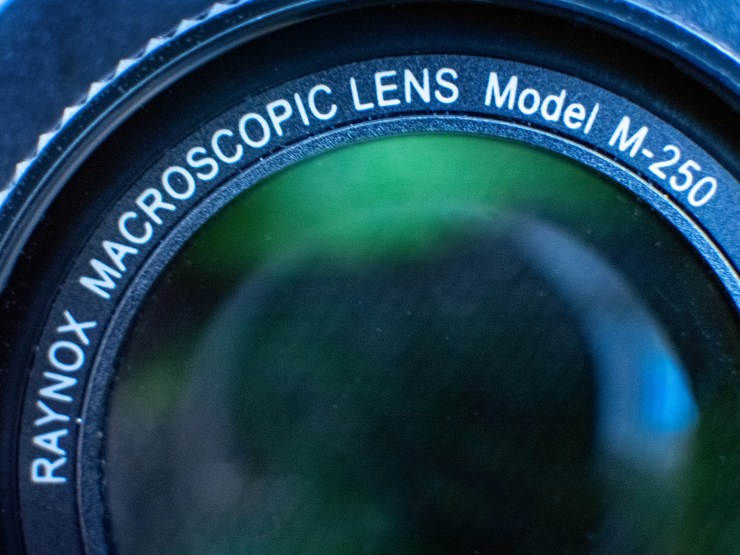
Bonus thought
Sometimes, to get really, really close I’ll mix and match all three pieces of gear. That calls for special capture and processing techniques involving focus stacking to increase depth of field. I’ll write about that again soon.
In the meantime you can read some focus stacking technique articles here and here.
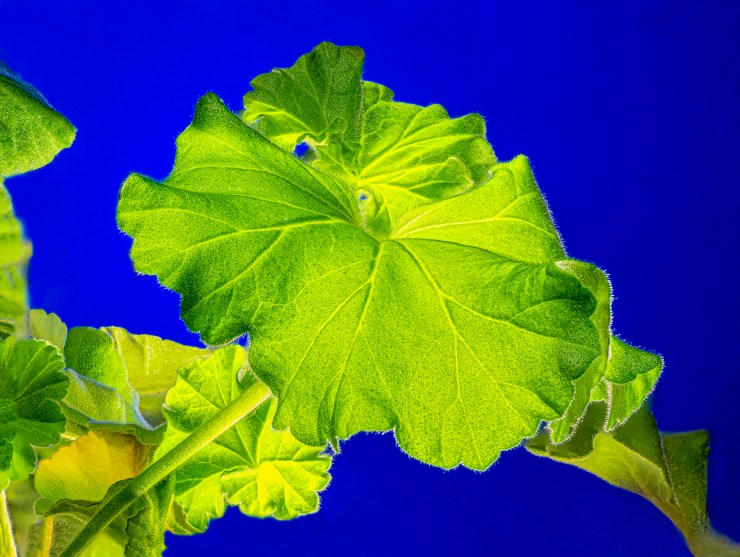
Yours in Creative Photography, Bob
Tell your story with the second annual Visual Storytelling Conference!
Experience four days of interactive, online training sessions featuring a range of educational content with experienced photographers and content creators. This free event kicks off with a series of technical boot camps to build essential skills, followed by live, online sessions on photography, video, business and social media. Join live from March 10-13, 2022!
